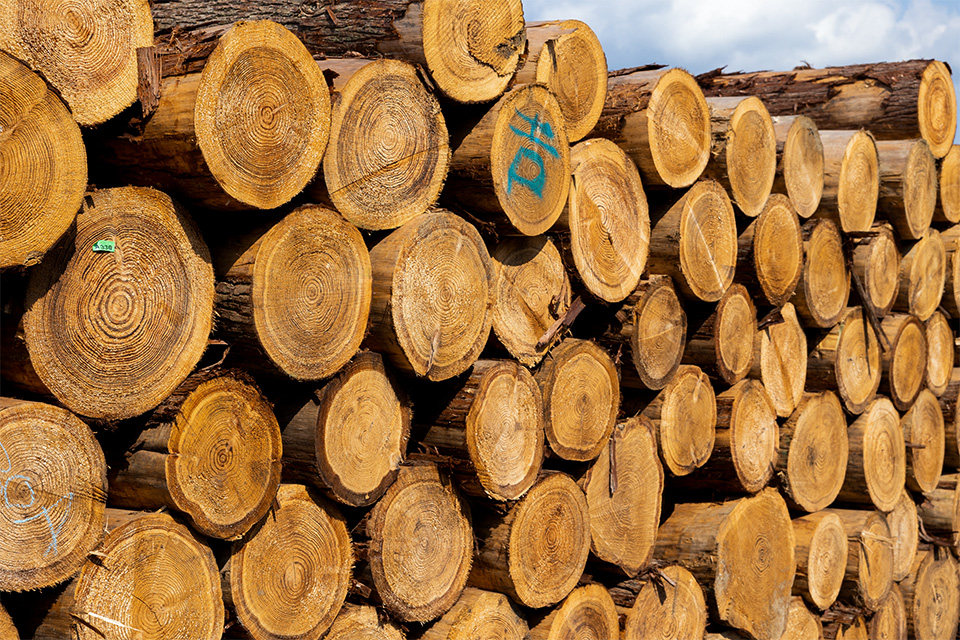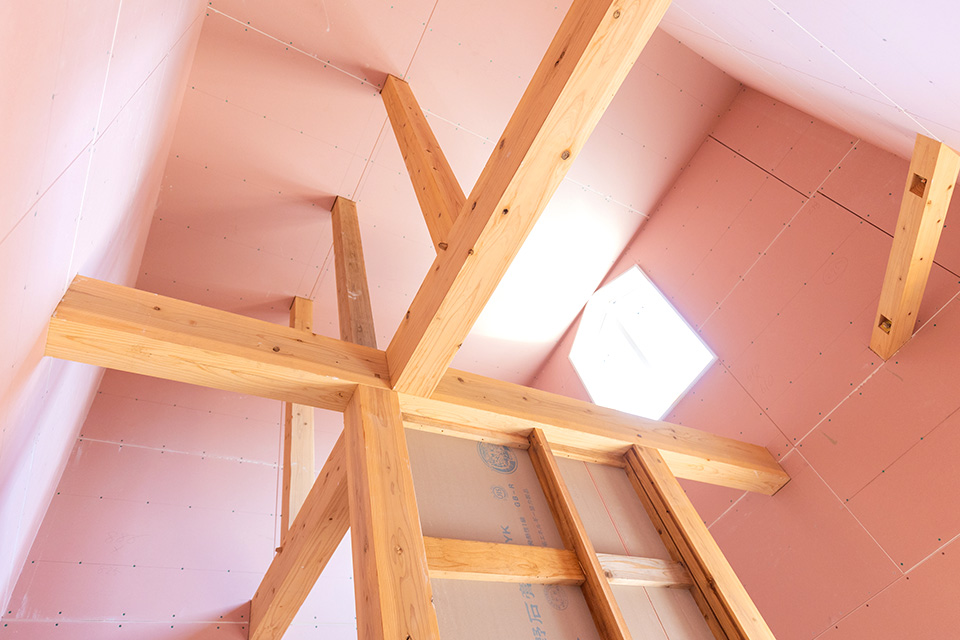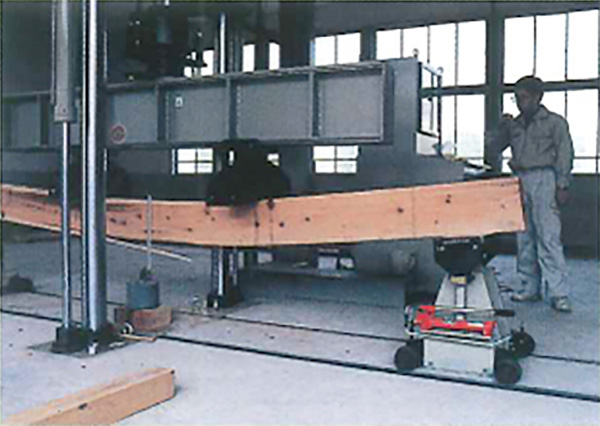
Obisugi were first planted about 400 years ago in Obi area. Since then, the harvested woods have been utilized for wooden boat construction by virtue of its distinguished quality.
In the modern world, Obisugi are commonly used as architectural materials such as columns and boards. Lumber is a great material for houses in general because they absorb carbon dioxide and require less energy to manufacture, resulting in an effective method for preventing global warming.
Obisugi is also effective in prevention of atopic dermatitis and is a natural material which provides a sense of gentleness and warmth to those who want truly healthy houses.
Characteristics of Obisugi
- The tree contains large amounts of resin, the presence of which makes it elastic and resistant to rotting from high humidity.
- The core part of the tree (red part) is termite resistant and highly durable.
- The tree is tolerant to bending and easy to process.
- The tree is resistant to tear, break, shock, and shaking.
History of Obisugi
The long history of Obisugi dates back 400 years to the first years of the Edo period (around 1623) when it was first planted by lord Ito of Obi Clan to save his clan from financial difficulty. In the latter part of the Edo period (year 1853), the clan began trading boat lumber with Obatake Town of Yamaguchi Pref. They later expanded the trade to Seto Inland Sea and South Korea, and Obisugi had become a popular material for ship construction.
Entering the Showa era in the 1920s, the Obisugi lumber business expanded even further by taking advantage of the tree’s superior quality (flexibility of the wood, richness of its oils, ensuring resistance to decay and termites, and many other virtues besides).
Nowadays, Obisugi is processed into a range of products and shipped across and outside Japan. Products include artificially seasoned lumber, scaffolding boards, interior and exterior materials, roof framing materials (non-rafters), CLT (cross-laminated timer), rot-resistant base woods, piling log, etc.
Intensity Test of Obisugi in Action
- Intensity Test of Obisugi
- Intensity Test of Douglas-fir






